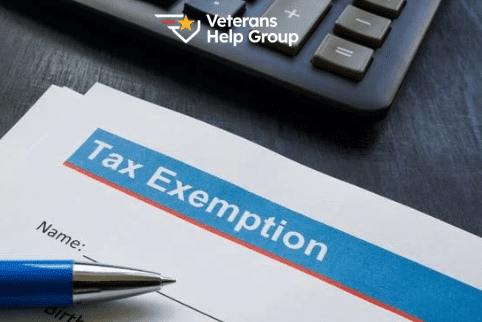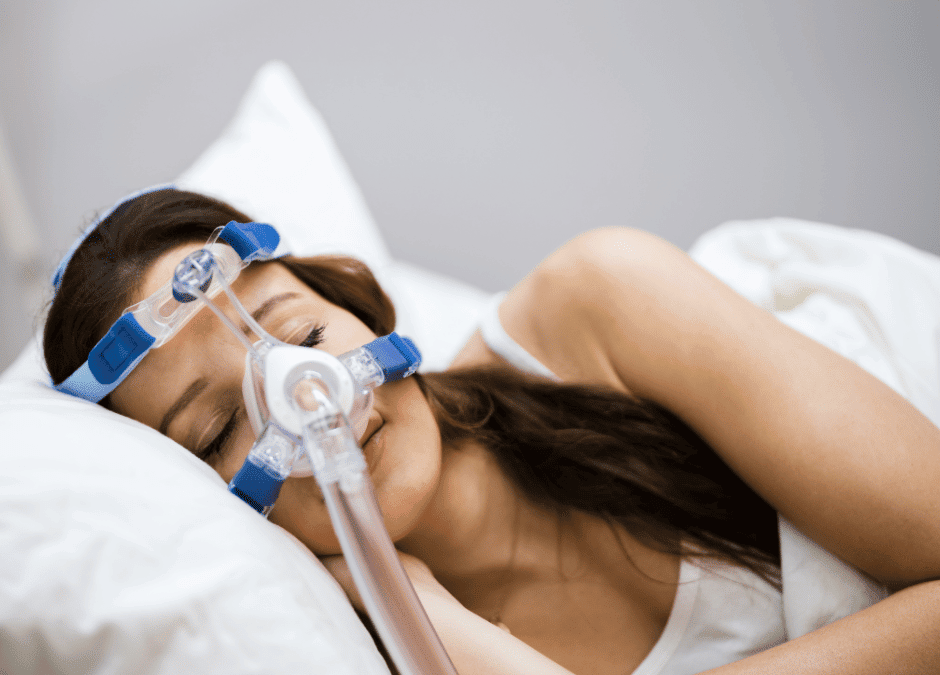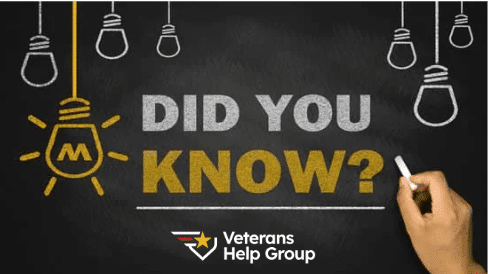Table Of Contents
In 2018, over 280,000 veterans were receiving VA disability compensation for eye conditions. Eye conditions can result from injuries, damage from exposure, and/or illnesses contracted while in service.
Common Eye Conditions Rated by VA
Some of the most common visual impairments for which veterans receive disability compensation include:
- Blurry Vision
- Double Vision
- Loss of Sight
- Loss of Peripheral Vision
- Loss of Light Perception
- Loss of the Eye or Both Eyes
- Loss of the Eyelids, Eyelashes, or Eyebrows
- Ptosis of Either or Both Eyes
- Conjunctivitis
- Inflammatory Eye Conditions
- Glaucoma
- Cataracts and Lens Conditions
- Retinal Conditions
Service Connection for Eye Conditions
Direct Service Connection
To qualify for VA disability benefits for eye conditions, a veteran must establish a service connection. To prove direct service connection, a Veteran must show: (1) A current diagnosis of an eye condition; (2) A in-service event, injury, or illness related to the eye condition; and (3) A medical nexus opinion linking the current eye condition to the in-service event, injury, or illness.
Secondary Service Connection
The veteran can also receive a secondary service connection for eye conditions that are caused or aggravated by an already service-connected condition. There are several medical conditions that commonly result in certain eye conditions, such as:
- Diabetes mellitus may result in diabetic retinopathy, glaucoma, and cataracts
- Sarcoidosis may result in optical neuropathy
- Lyme Disease may result in retinal vasculitis and optic disc edema
- Cerebrovascular accidents (stroke) may result in blind spots or vision loss
- Thyroid problems may result in double or blurred vision
- Multiple sclerosis may result in changes in vision, optic neuritis, and/or gradual vision loss
- Rheumatoid arthritis may result in thinning of the cornea
In addition to medical conditions, certain medications can cause eye conditions. If veterans are taking medication for a service-connected condition that causes visual problems they may be eligible for a secondary service connection. Common examples include:
- Used to treat lupus and rheumatoid arthritis. Can cause ocular toxicity and problems with the cornea.
- Medications for depression, Parkinson’s disease, seizures, ulcers, asthma, and hemorrhoids. Linked to glaucoma.
- Used for bone loss. Linked to orbital inflammation, uveitis, and scleritis.
- Erectile dysfunction medications. Linked to ischemic optic neuropathy.
- Blood pressure medications. Linked to worsening glaucoma.
How is the VA Rates Eye Conditions
The VA rates eye conditions based on three measurements: (1) central visual acuity; (2) visual field; and (3) muscle function.
Central Visual Acuity
Central visual acuity looks at how focused or blurry and image is when looking at it from different distances. “Near-sighted” and “far-sighted” are the common terms that describe central visual acuity.
The VA typically tests central visual acuity by using a basic eye chart. The measurements can range from 20/20 to 5/200. The VA assigns an evaluation based on the veteran’s correct distant vision if it can be corrected. In other words, the VA rates the veteran’s visions based on how the good the vision is with glasses or contacts.
The VA rates both eyes together, this means that veterans receive one rating for both impairments.
Visual Field
Visual field refers to the entire range of vision that can be seen when looking at a fixed point directly in front of someone. This can be tested using several different automatic tests that measure the range of vision without moving the eyeball.
The normal visual field equals 500 degrees. When the visual field does not match up to 500 degrees, a disability evaluation will be assigned depending on the extent of the vision loss.
Muscle Dysfunction
Muscle dysfunction involves how well the muscles of the eye move and is measured on the same type of chart as the visual field. Muscle dysfunction can exist in one or both eyes.
After all three main measurements have been obtained, the VA will rate the eye condition.
VA Healthcare for Eye Conditions
If veterans qualify for VA healthcare benefits, they may be able to get some or all of their vision testing through the VA. The VA will cover routine eye exams and preventative vision testing. In order to cover the cost of eyeglasses, at least one of the following must be true:
- Have a compensable service-connected disability
- Are a former prisoner of war
- Receive benefits under 38 USC § 1151
- Received an increased pension based on your being permanently housebound and in need of regular air and attendant.
Veterans Help Group have been supporting veterans in getting the benefits they deserve since 1995. If you or a loved one served, and suffer from an eye condition, we are here to help. Call Veterans Help Group at 855-855-8992 or complete our free veterans benefits case evaluation form.

VA Disability Benefits and Tax Exemptions: What You Should Know
VA Disability Benefits and Tax Exemptions: What You Should Know Written by: Schuyler Swanton,...

Veterans Help Group In The Community
Veterans Help Group in the Community Written by: Bobbi Boudi, Director of Community Outreach, Amy...

The Veterans Appeals Efficiency Act of 2025
The Veterans Appeals Efficiency Act of 2025 Several bills are currently pending in Congress that...





